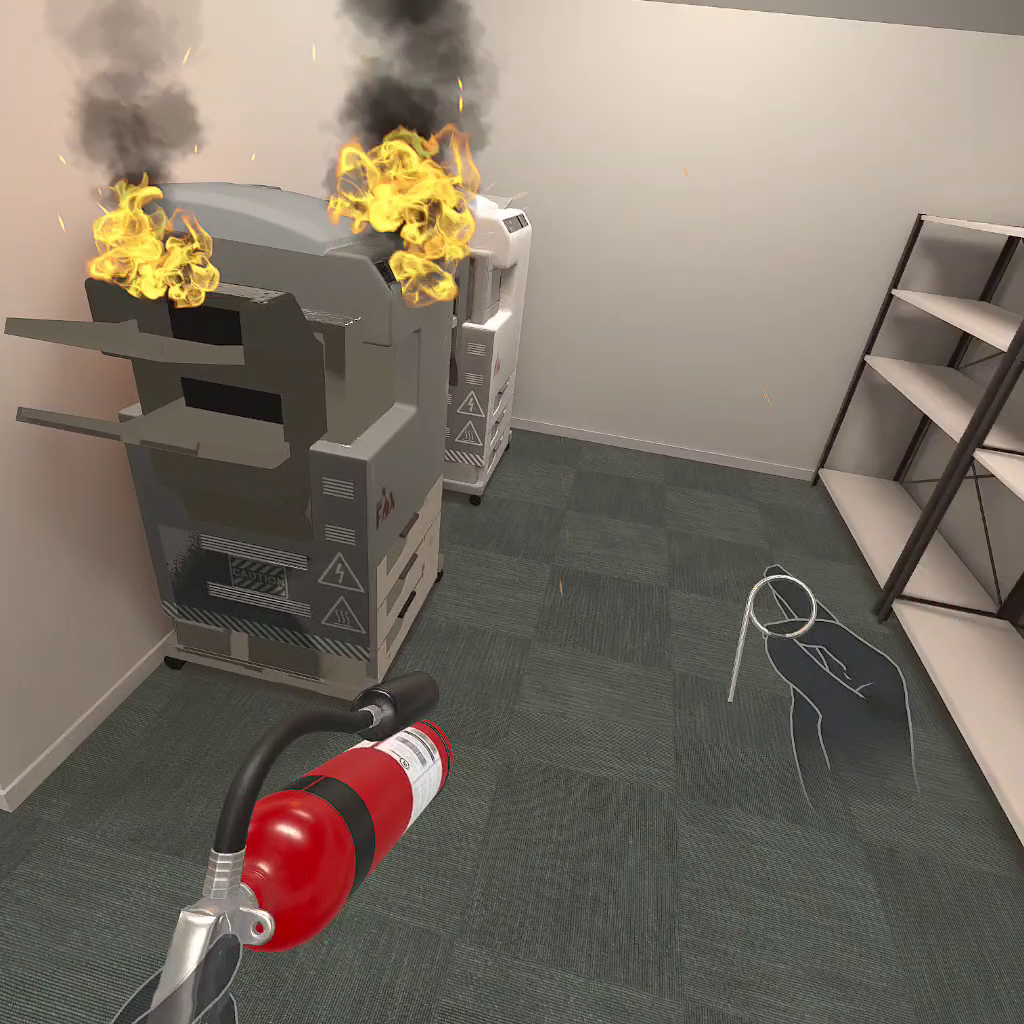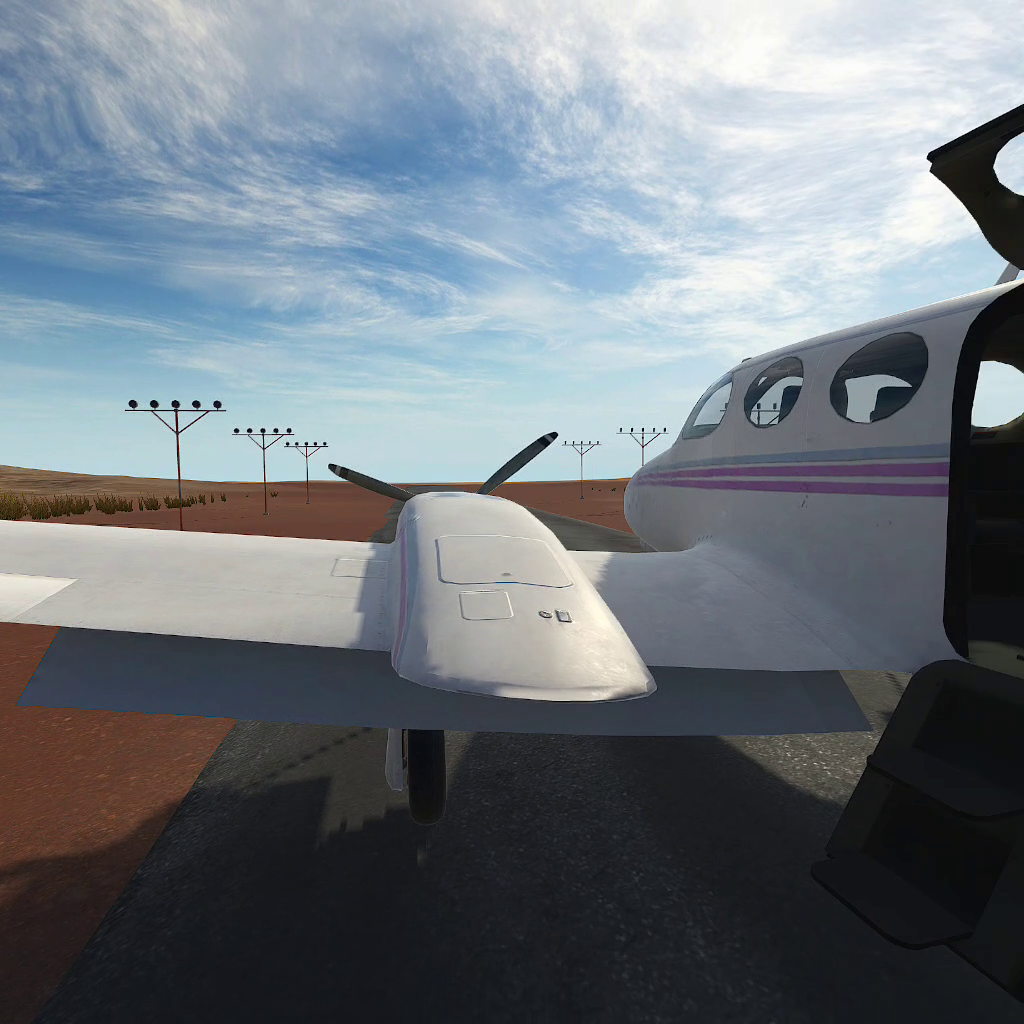
Stanwell Energy: Hazard ID
Stanwell Energy: Hazard ID VR - A personal testimonial from a Workforce Training Specialist
What are our clients saying?
We sat down with Workforce Training Specialist Michael Harris to get some feedback on the Virtual Reality training simulations we recently deployed for Stanwell Corporation Limited and this is what he had to say.
VR Training for Energy and Infrastructure
Stanwell Corporation wanted to test the effectiveness of virtual reality as a training tool for workplace hazard identification. The pilot needed to span four distinct environments and cover a wide range of hazard types, including both physical risks and less tangible psychosocial hazards. The solution had to be engaging, educational, and scalable—while meeting the constraints of a minimum viable product.
Solution
We began by reviewing a comprehensive list of prospective hazards provided by Stanwell. Working closely with their safety and operations teams, we shaped this list into a series of immersive VR scenarios that were both story-driven and grounded in real-world workplace contexts. Each experience asked users to identify hazards as they moved through a space—simulating the kind of situational awareness expected on-site.
Despite the pilot nature of the project, we aimed higher than MVP. We delivered a complete VR training application that featured branching interactions, user feedback mechanisms, and the ability to log participant performance. We also provided all necessary VR hardware and set up a custom Mobile Device Management (MDM) system to enable remote updates and centralised control—ideal for long-term scalability and iterative improvement.
Technology used
Mobile headset deployment
Bespoke 3D environment design
Interaction scripting and user progression logic
Mobile Device Management (MDM) platform integration
Custom-built hazard recognition scoring and feedback system
Outcome
The project exceeded expectations. Stanwell reported excellent internal feedback and a significantly higher level of uptake than anticipated. Staff responded positively to the realism and interactivity of the training, and the flexibility of the MDM system made it easy to update content based on feedback. The pilot has since become a reference point for future VR training initiatives across the organisation.
Why it matters
This project shows how immersive training can go beyond checklists and compliance—by putting users in the driver’s seat of decision-making in simulated high-stakes environments. It also proves that a well-executed pilot can deliver real value straight away, while laying the groundwork for larger-scale rollouts.
Services provided
VR training experience design
Hazard modelling and scripting
Software development
Hardware provisioning and testing
Mobile Device Management setup
Pilot deployment and support
This project is a great example of how even a pilot deployment, when approached creatively, can set the benchmark for future training initiatives.












